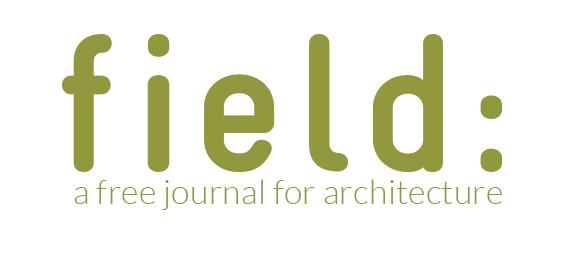Abstract
Alternative Arrangements is a series of works that have emerged from my doctoral research at the Bartlett School of Architecture, UCL. This practice-based research asks how architectures and landscapes of the contested border on the island of Éire (Ireland) tell the stories of its pasts and presents. It uses ‘topographic practice’ – a term I have been developing through the course of my PhD building on Jane Rendell’s ideas of ‘critical spatial practice’ (Rendell, 2006) – to unpack architectural and landscape historiography as a form of artistic output; seeing the methods, practices and outputs as sites themselves, ones that build a multi-layered topography – a landscape of practice – to respond the specific characteristics of each place. Here doing so through ‘bordering practices’ (Hafeda, 2019) that aim to break down the binary of the border.
This third and final project of the PhD consists of film, photography, site-specific installation, and texts to be read in association with key locations, histories, and materials of the border; which in the process of ‘alternative arrangement’ have become intentionally ‘polysituated’ (Kinsella, 2017). In each site these installations act as allegories to create an uncanny double-take that seek to reconfigure the power dynamics of the centre by engaging with architectures, landscapes, and histories of the periphery. My PhD research began with border in sight – both conceptually as an object of study and practically in the relentless early years of the Brexit process – but ending here with the border perhaps disappearing entirely, or at least creating the imaginative space for it to do so.
Keywords: Ireland, Northern Ireland, Border, Brexit, landscape, architecture, historiography, artistic practice
How to Cite:
Keeley, T., (2023) “Alternative Arrangements”, field 9(1). doi: https://doi.org/10.62471/field.130
Downloads:
Download Alternative Arrangements
